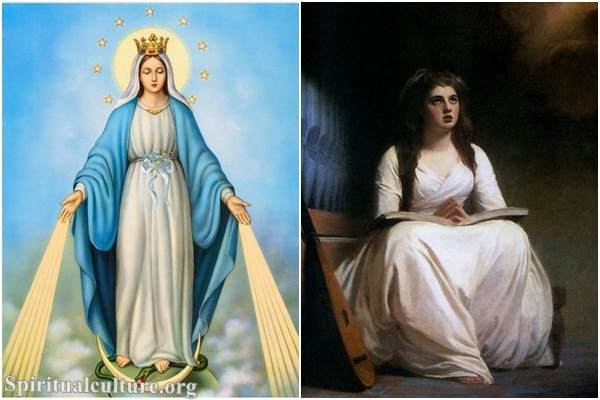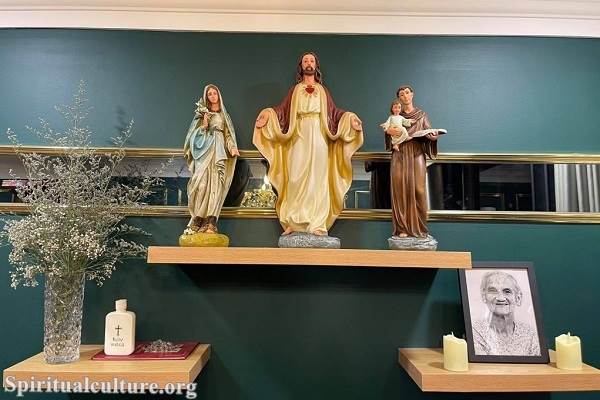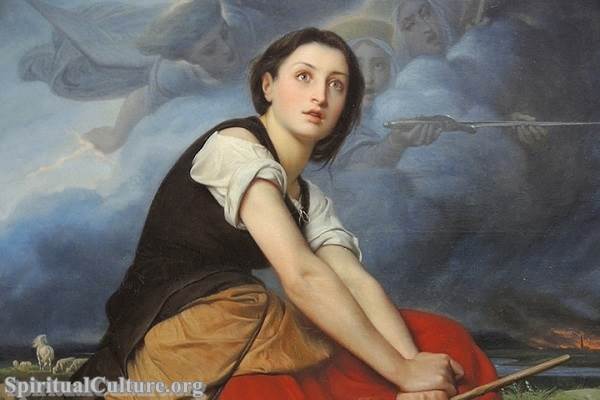Similarities between Catholic and Orthodox
One similarity is that both the Catholic and Orthodox churches believe in the Holy Trinity, which is the belief that there is one God who exists in three persons: the Father, the Son (Jesus Christ), and the Holy Spirit. They also both believe in the divinity of Jesus and the Holy Spirit and the concept of the Incarnation, which is the belief that Jesus is fully God and fully human.
Another similarity is that both churches have a rich liturgical tradition and place a strong emphasis on sacraments, such as baptism, confirmation, the Eucharist (also known as Communion or the Lord’s Supper), penance, anointing of the sick, and holy orders.
Additionally, both churches believe in the authority of the Bible, the seven sacraments, and the authority of the Church in interpreting the Bible. Both churches follow the teachings of the early Church Fathers and have similar religious practices and rituals.
However, there are also some differences between the two churches, including differences in their understanding of the nature of the Church and the role of the papacy, as well as certain differences in their liturgical practices and beliefs.
Differences between Catholic and Orthodox
One major difference is their understanding of the authority of the Pope. The Catholic Church recognizes the Pope, the bishop of Rome, as the supreme authority on matters of faith and morals, while the Eastern Orthodox Church does not have a central authority like the Pope. Instead, the Eastern Orthodox Church comprises several independent, autocephalous (meaning “self-headed”) churches, each with its own patriarch or leader.
Another key difference is their liturgical practices. The Catholic Church uses the Latin liturgy, while the Eastern Orthodox Church uses the liturgy in the local language. Also, the Eastern Orthodox Church uses icons in their liturgies and services, which is a practice that has been discouraged by the Catholic Church since the iconoclastic period.
The two churches also differ in their theology, particularly about the Holy Spirit. The Catholic Church teaches that the Holy Spirit proceeds from the Father and the Son (filioque). In contrast, the Eastern Orthodox Church teaches that the Holy Spirit proceeds from the Father alone (monoenergism).
Despite these differences, both the Catholic and Eastern Orthodox Church claim to be faithful to the teachings of the early Christian church, and both acknowledge the importance of sacred tradition, scripture, and seven sacraments, The Father, the Son, and the holy spirit.
Also, the split between the two churches, which happened in 1054, is called Great Schism. After a long period of estrangement and growing theological disagreement, the official split between the Eastern Orthodox Church and the Catholic Church took place.
It is important to notice that the Catholic Church and Eastern Orthodox Church are in a state of official separation. Still, they hold some common ground, keep relations and dialogues, and seek to re-establish unity in some places. The two groups have a close working relationship.



